The Land Rover was launched by Rover in 1948. Over the following years it developed into a a series of four-wheel-drive models in both long and short wheel base versions.
Adopted by the British Army to replace the wartime Jeep and later Champ, the Land Rover has seen active service with airborne forces in many different theatres from the 1950s through to modern operations including Afghanistan. It is known as the Truck Utility Light (TUL) and Truck Utility Medium High Specification (TUM HS).
From the 1950s trials were undertaken to make the Land Rover and its trailer, deployable by parachute utilising heavy drop techniques and Medium Stress Platforms.
The standard cargo carrying design was also been supplemented in service with the ½ ton lightweight/airportable version based on a series IIa chassis armoured versions in the 1960s. This distinctive version was 4 inches narrower than the standard and had a removable roof, upper body and windscreen.
In due course some of these lightweights were equipped with a Vehicle Protection Kit (VPK) of light armour for use in Northern Ireland with later designs culminating in the SNATCH Land Rover.
Other stripped down versions of this design were used in the recce role by airborne forces with the the design concept being refined in later years as the Weapons Mounted Installation Kit (WMIK) to provide a patrol version extensively used by airborne forces.
Endlessly adaptable the Land Rover has been modified to meet the needs of each environment it is deployed in. This was particularly true in Aden where after encountering mines and other Improvided Explosive Devices (IEDs) the vehicle was modified with additional protection and a roll bar.
The Land Rover has been supplemented in service with the Jackal series but remains a crucial load carrying utility vehicle, ambulance, signals and patrol vehicle for airborne forces.
This article is under construction
Source:
Airborne Assault Archive
Read More
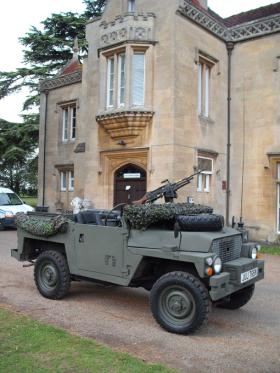
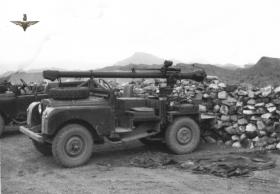
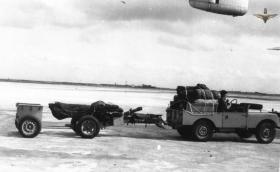
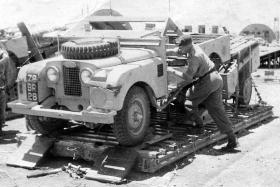
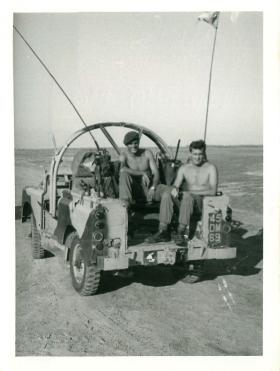
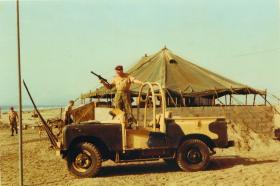
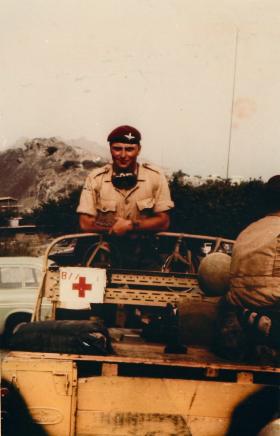
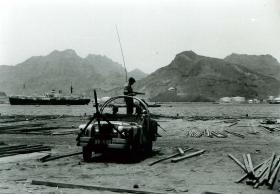
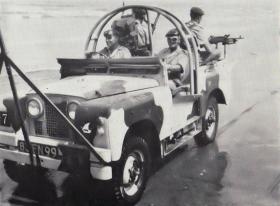
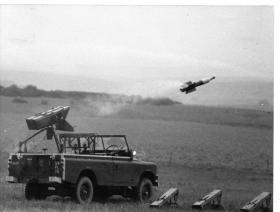
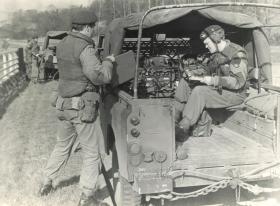



Latest Comments
There are currently no comments for this content.
Add Comment
In order to add comments you must be registered with ParaData.
If you are currently a ParaData member please login.
If you are not currently a ParaData member but wish to get involved please register.